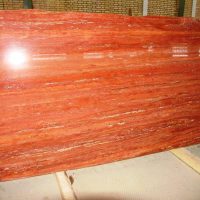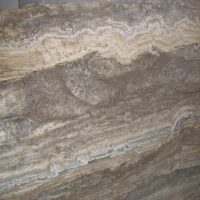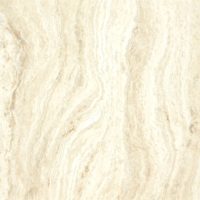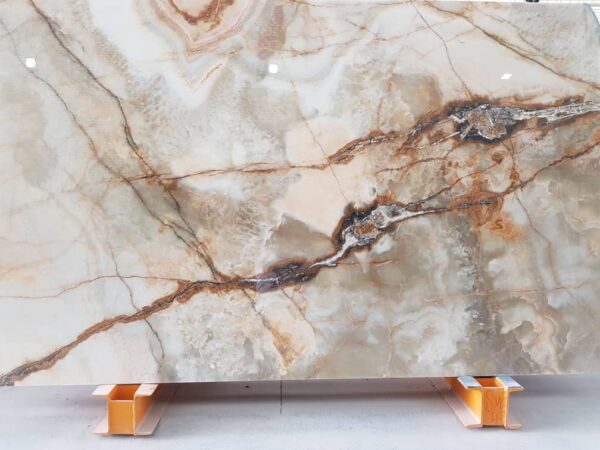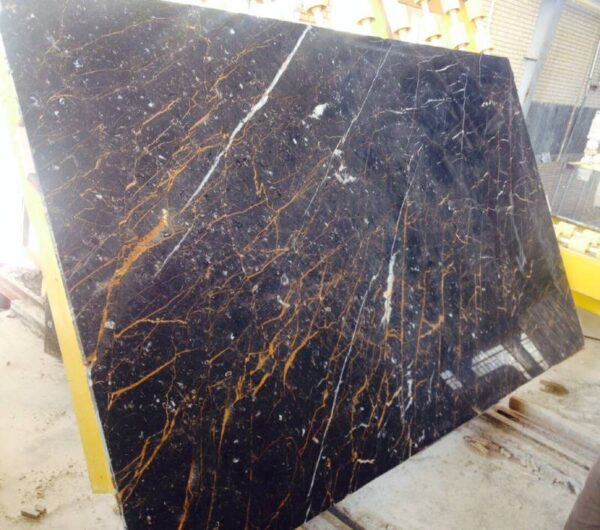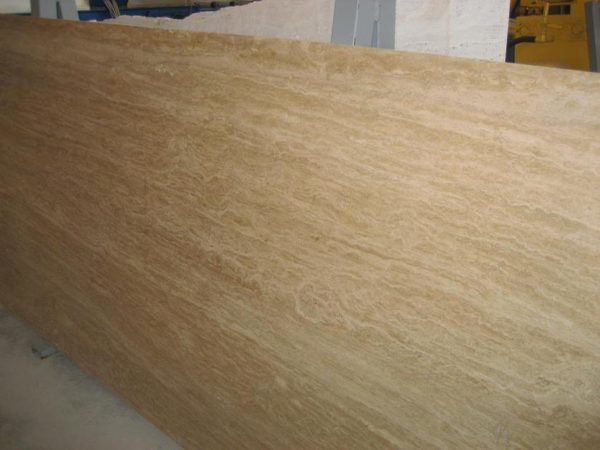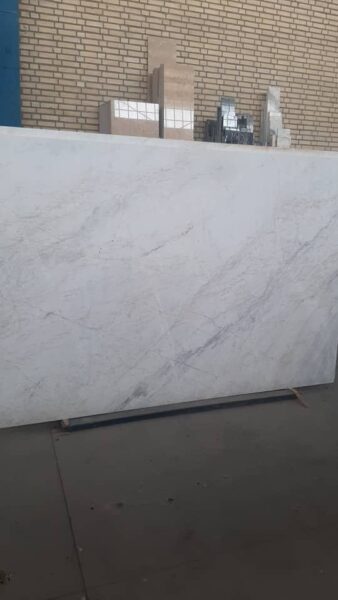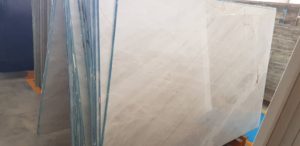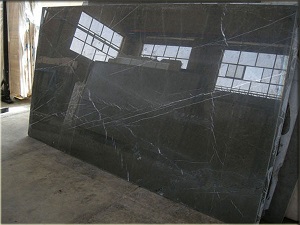A Comprehensive Guide
Can Travertine Be Used Outdoors? Discover Its Benefits and Best Applications
Travertine, a natural stone known for its beauty and durability, is often used for indoor spaces like flooring, countertops, and backsplashes. But many homeowners and builders wonder, can travertine be used outdoors? The answer is yes! Travertine is an excellent choice for various outdoor applications due to its strength, versatility, and aesthetic appeal. In this article, we’ll explore the benefits of using travertine outdoors, ideal applications, and maintenance tips to ensure it lasts for years.
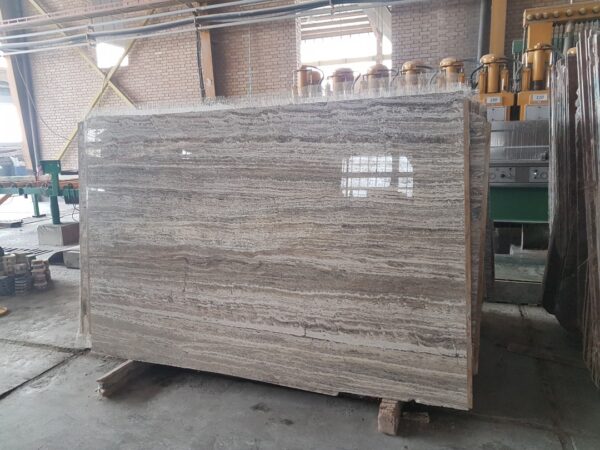


Why Choose Travertine for Outdoor Spaces?
Travertine is a natural stone formed in mineral hot springs, giving it unique properties that make it suitable for outdoor use. Here are the key reasons why travertine is a popular choice for outdoor areas:
- Durability: Travertine is highly durable and can withstand harsh weather conditions such as rain, heat, and freezing temperatures.
- Slip Resistance: The naturally porous texture of travertine provides excellent traction, making it a safe choice for outdoor walkways, pool decks, and patios.
- Heat Resistance: Unlike some stones, travertine stays cool underfoot even on hot summer days, making it ideal for poolside areas and outdoor seating spaces.
- Aesthetic Appeal: Travertine’s natural, earthy tones and varied patterns give outdoor spaces a luxurious, timeless look that blends well with nature.
With proper care, travertine can be a long-lasting, visually appealing addition to any outdoor space.
Best Outdoor Applications for Travertine
Travertine is incredibly versatile, making it suitable for a wide range of outdoor applications. Whether you’re enhancing your garden, pool area, or patio, travertine offers numerous design possibilities. Here are the most common outdoor uses for travertine:
Travertine Pavers for Patios and Walkways
Travertine pavers are a popular choice for patios and walkways due to their slip-resistant surface and durability. These pavers come in a variety of shapes and sizes, allowing you to create custom designs that suit your outdoor aesthetic. Travertine’s natural texture ensures a safe and comfortable walking surface, even in wet conditions.
Travertine Pool Decks
One of the best features of travertine is its ability to remain cool in the sun, which makes it perfect for pool decks. Travertine pavers and tiles are often used around pools to create a comfortable, slip-resistant surface that stays cool underfoot, even on the hottest days.
Outdoor Kitchens and Fire Pits
Travertine can also be used to create stunning outdoor kitchens and fire pits. Its heat-resistant properties ensure that it won’t crack or discolor when exposed to high temperatures, making it an excellent choice for countertops, grill surrounds, and fireplace veneers.
Garden Pathways and Retaining Walls
Travertine is an ideal choice for garden pathways and retaining walls due to its natural look that blends seamlessly with outdoor landscaping. Its earthy tones complement plants, water features, and other outdoor elements, adding a cohesive and elegant touch to your garden design.
How to Maintain Travertine Outdoors
While travertine is durable, it requires proper maintenance to keep it looking its best in outdoor environments. Follow these tips to ensure your outdoor travertine remains beautiful and functional:
Sealing Travertine
Travertine is a porous stone, meaning it can absorb water, dirt, and stains. To protect it from moisture and the elements, sealing travertine is essential. Apply a high-quality sealer at least once a year to prevent water absorption, staining, and mold growth.
Regular Cleaning
Dirt, leaves, and debris can accumulate on outdoor travertine surfaces, especially on patios and walkways. Clean your travertine regularly with a soft broom or leaf blower to remove debris. For deeper cleaning, use a pH-neutral cleaner to avoid damaging the stone’s surface.
Iranian Light travertine Special wholesale price
Addressing Stains and Weathering
Over time, outdoor travertine may develop stains or weathering due to exposure to the elements. To address this, clean stains promptly using a gentle stone cleaner. For tougher stains, a poultice can be applied to lift out dirt and grime without damaging the surface.

